This book is dedicated to myfamily who are extremely supportive.
Chapter 1- What is the Paleo Diet?
ThePaleo Diet, or Paleolithic Diet, is known by a number of other names from theCaveman Diet to the Stone Age Diet or Hunter-Gatherer Diet. Regardless of whatit is called, the Paleo Diet is an interesting modern diet that is based uponthe foods believed to have been consumed by early humans.
The diet is namedafter the Paleolithic time period in which these early humans lived -approximately 2.5 million years ago. The Paleolithic era ended with thedevelopment of agriculture when humans shifted more toward a grain-based diet andaway from the hunter-gatherer diet.  Grains,potatoes, legumes, dairy and refined and processed products are often excludedfrom the Paleo Diet. The diet instead centers on fish, grass-fed meats andplants like fruits, vegetables, fungi, nuts and roots that could have beengathered by early humans before the advent of farming practices and permanenthuman settlements. Historyof the Paleo Diet WalterL. Voegtlin, a gastroenterologist, first brought the Paleo Diet to theattention of the public in the 1970s.
Grains,potatoes, legumes, dairy and refined and processed products are often excludedfrom the Paleo Diet. The diet instead centers on fish, grass-fed meats andplants like fruits, vegetables, fungi, nuts and roots that could have beengathered by early humans before the advent of farming practices and permanenthuman settlements. Historyof the Paleo Diet WalterL. Voegtlin, a gastroenterologist, first brought the Paleo Diet to theattention of the public in the 1970s.
He referred to it as the Stone Age Diet.His version of the Paleo Diet was largely carnivorous and with a lowcarbohydrate intake, much like today's version of the Paleo Diet. He treatedvarious gastrointestinal conditions by altering the diets of his patients andobserved than many of them experienced significant relief of everything fromindigestion and heart burn to Crohn's Disease and Irritable Bowel Syndrome(IBS). Duringthe 1980s, Marjorie Shostak, S. Boyd Eaton and Melvin Konner also brought attentionto the Paleo Diet. Their version of the diet did not exclude foods unavailableto hunter-gatherers. It instead focused more on the proportions of types offood consumed and basing those proportions on the presumed proportions theancient people would have consumed in their daily lives.
It included foods suchas whole-grain bread, for example. Thepremise of the diet has evolved and changed over time, but centers around thebelief that human genetics and digestion have not significantly evolved sincethe Paleolithic period. As a result, people who engage in the Paleo Diet arelargely more healthy and disease-free compared to people who have grain-baseddiets and consume a lot of processed foods. The diet has also become a staplein evolutionary medicine. PaleoDiet Practices Foodsincluded in the Paleo Diet have been inferred by ethnographic studies,archeological, anthropologic research and the optimal foraging theory. The dietobviously does not necessarily advocate only consuming wild-sourced food due tothe wide availability of food today, but it does encourage eating grass-fedmeats, rather than grain-fed meats.
The meats included are those that couldhave been hunted and fished by various hunter-gatherer peoples. Other foods inthe diet are plant as well as some other animal products that could haveconceivably been gathered such as eggs, seeds, fruits, vegetables, spices andmore. By comparison to some of todays other diets, the Paleo Diet is notextremely limited and is actually very diverse. Thedrink of choice in the Paleo Diet is water, which is true for many differentdiets today. The Paleo Diet is not a strictly raw-food diet and food may beeither raw or cooked. Practitioners encourage a great deal of variety whenengaging in the diet to ensure the proper balance of vitamins and mineralsobtained from various meats and other foods.
Fifty-six to sixty-five percent ofthe diet should be animal products and thirty-six to forty-five should be plantproducts. The diet should be high in protein, but low in carbohydrates. Fatintake is comparable to that of modern western diets. Calcium supplementationis encouraged for those who struggle to obtain optimum intake from plantproducts. Rationalebehind the Paleo Diet Duringthe Paleolithic time period, there was believed to be a great deal of naturalselection. The natural selection resulted in humans largely evolving in favorof a hunter-gatherer type of diet to suit their nomadic lifestyle.
When humansbegan settling and engaging in agriculture, natural selection became lesscommon and this resulted in a slowing of human evolution. Because of this,human genetics and gastrointestinal function has changed very little since theend of the Paleolithic period. For a healthy lifestyle, humans should thus stillbe eating a similar diet to the Paleolithic people. Dairyand grain products have become stables since humans began farming. Both dairyand grain are believed to have been consumed not at all or very little byhunter-gatherers. Following the Industrial Revolution, processed foods alsobecame a staple of contemporary society's diet.
All of these modern foods havea strong correlation with chronic "Diseases of Civilization." This isa term referring to various metabolic and physiological mal-adaptations thathave come into existence during contemporary times. The Paleo Diet combatsthese conditions. The average diet of western civilization today is seventypercent dairy, processed foods, refined sugars and refined oils. These foodproducts are all associated with obesity, high blood pressure, diabetes,cardiovascular disease and even cancer. These conditions are much more commonin western society. Supportfor the Paleo Diet Researchinto the Paleo Diet has shown that most modern humans respond very well to foodconsumption similar to that of hunter-gatherers.
Modern hunter-gatherers arealso, in general, substantially more healthy and free of chronic diseases thantheir "civilized" counterparts in the western world. When thesehunter-gatherers switch to contemporary diets, studies have found a rapiddecline in their health. ThePaleo Diet is an excellent diet for people suffering from Type 2 Diabetes aswell as Celiac Disease. The carbohydrate intake also promotes weight loss andthen maintaining a healthy weight if the diet is continued. If food is consumedthoughtfully and includes the proper proportions of animal and plant products,all daily recommended nutritional intake goals are easily met. Processed andrefined foods often have little nutritional value, so consuming them serveslittle purpose other than convenience.
Some proponents of the diet also limiteddairy consumption to easily meet the recommended amount of calcium.
Chapter 2- What are the Benefitsof the Paleo Diet?


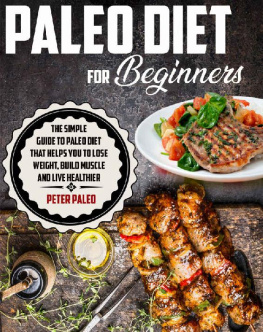

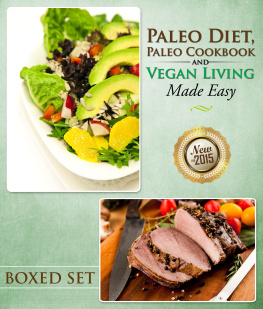
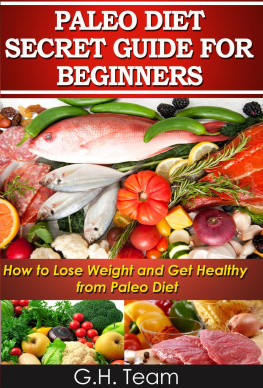
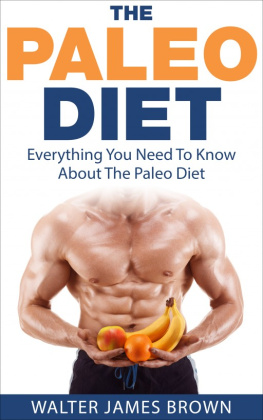
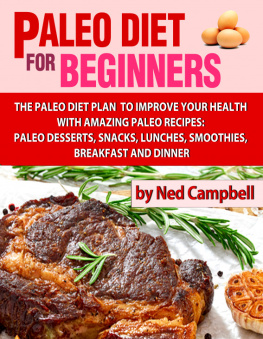
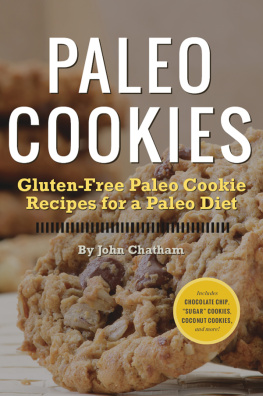
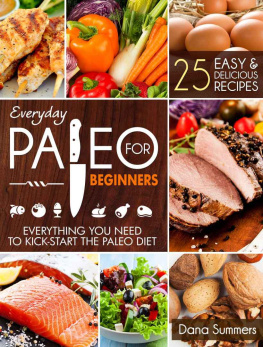
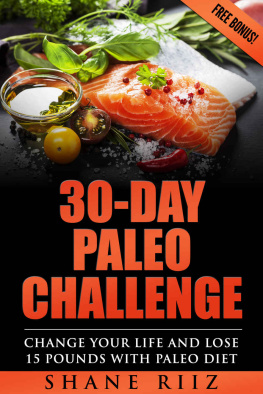
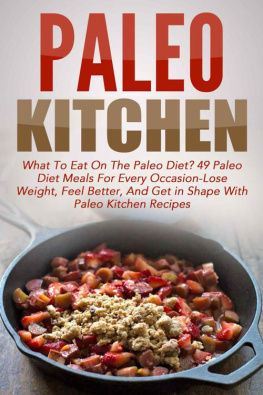
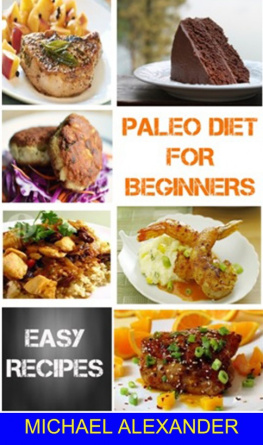
 Grains,potatoes, legumes, dairy and refined and processed products are often excludedfrom the Paleo Diet. The diet instead centers on fish, grass-fed meats andplants like fruits, vegetables, fungi, nuts and roots that could have beengathered by early humans before the advent of farming practices and permanenthuman settlements. Historyof the Paleo Diet WalterL. Voegtlin, a gastroenterologist, first brought the Paleo Diet to theattention of the public in the 1970s.
Grains,potatoes, legumes, dairy and refined and processed products are often excludedfrom the Paleo Diet. The diet instead centers on fish, grass-fed meats andplants like fruits, vegetables, fungi, nuts and roots that could have beengathered by early humans before the advent of farming practices and permanenthuman settlements. Historyof the Paleo Diet WalterL. Voegtlin, a gastroenterologist, first brought the Paleo Diet to theattention of the public in the 1970s.